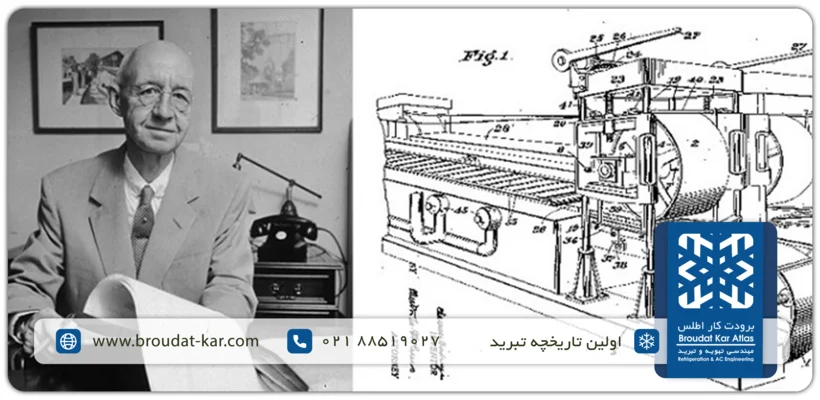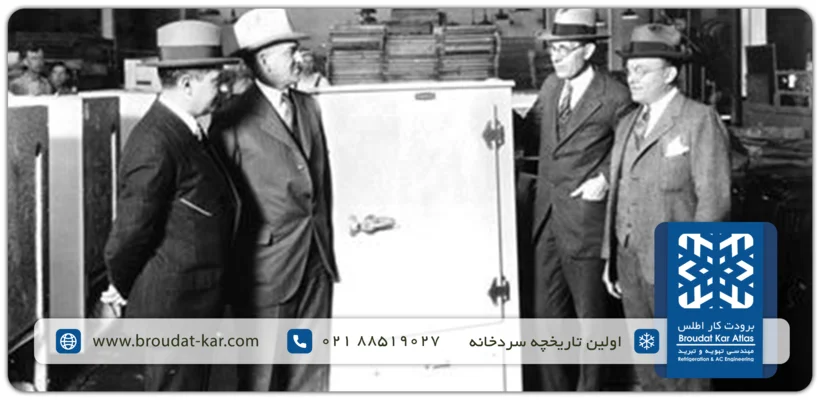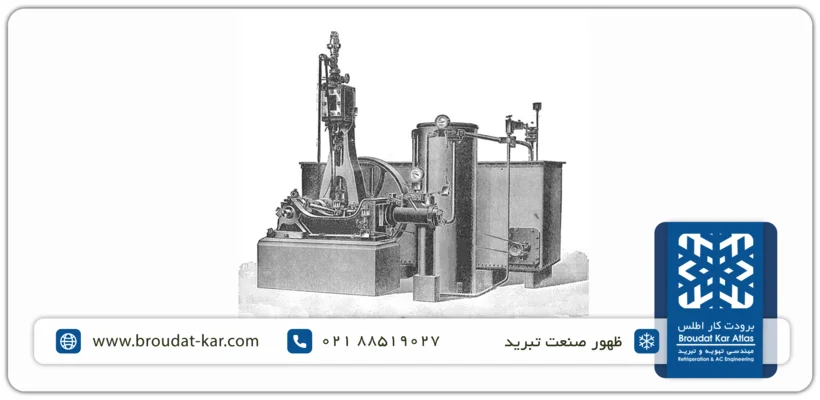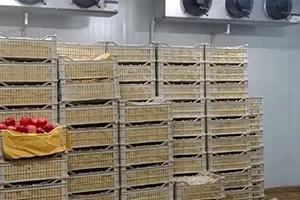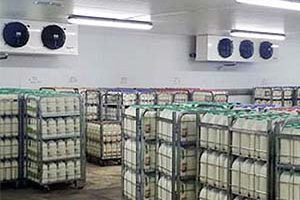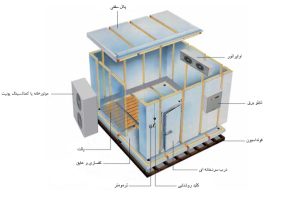The Evolution of Food Cold Storage: From Preservation Techniques to Modern Refrigeration
The history of cold storage dates back to the mid-19th century, when methods like smoking and salting were common for preservation. Fish was stored with ice and salt for up to 10 months. The first successful sea shipment of frozen meat occurred from Buenos Aires to France, followed by Australia to England. Clarence Birdseye observed fish quality preservation in sub-zero temperatures during a Canadian expedition.
The history of the invention of the cold storage
In the mid-19th century, early refrigeration emerged with double-walled iceboxes insulated with sawdust and straw. These rudimentary units stored food for about a week. By 1915, compressor-based systems using nitrogen gas evolved, resembling modern refrigerators. These systems preserved food quality for up to 2 years, marking a significant advancement in cold storage technology.
The Evolution of Refrigeration
The refrigeration industry traces its roots back to the 1800s, with the emergence of compression cycles. The first device was constructed and tested after 34 years of development. Ammonia debuted as a refrigerant in France (1850) and America (1860), notably in artificial ice machines. By the 1920s, it found application in ice skating rinks, followed by air conditioning in the 1930s. Today, compression refrigeration cycles are ubiquitous, powering various sectors including food, dairy, and chemical industries since the early 1900s.
Revolutionizing Freezing Techniques
The advent of Quick Freezing (IQF) marked the modern era of food preservation, preventing microscopic ice crystal formation by freezing products for just a few hours.
Atlas Refrigeration Company pioneers the design, production, and construction of various cold storage solutions. Contact us to estimate costs for small to medium cold storage facilities.
Related posts
History of Cold Storage
What Is a Above Zero cold storage? A Cold Store Above Zero is an insulated space designed for storing products
What is a freezing cold room? A freezing cold room is a specially insulated space designed to maintain temperatures between
Installation and Commissioning of Cold Rooms The meticulous installation and commissioning of a cold rooms facility in a principled
What is Industrial Cold store? An industrial cold store is a large-scale facility designed and constructed to preserve and
Design and Construction of Industrial Cold Rooms Designing and constructing an industrial cold storage facility involves creating a specialized warehouse
